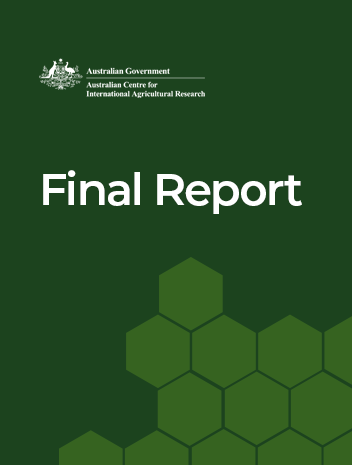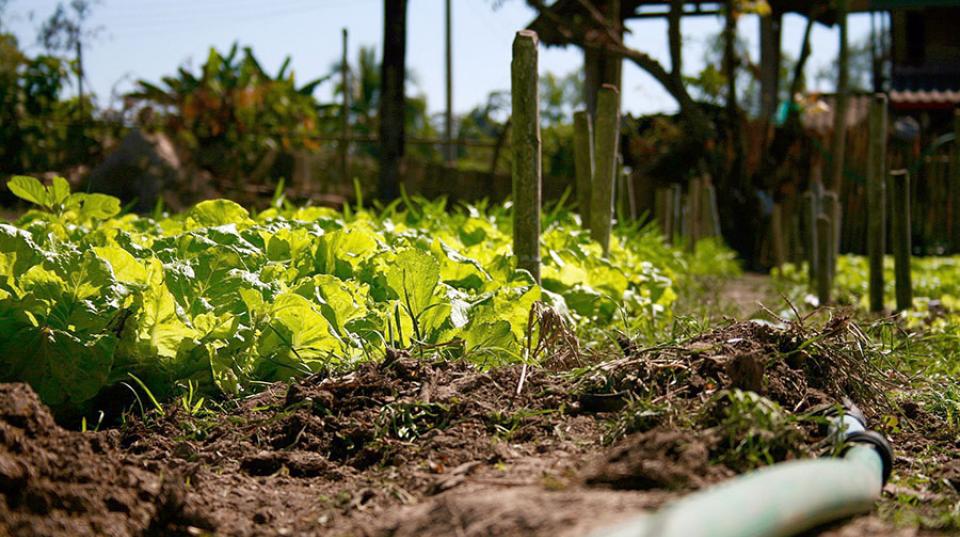Overview
This project aimed to document the trajectory of agrarian growth in Bangladesh and West Bengal from the early 1990s onwards and examine the role of groundwater irrigation in that growth.
Agrarian change in Bangladesh and West Bengal has been a topic of great interest for researchers. West Bengal and Bangladesh share similar agro-ecology and culture, but have different policies and institutions, and this has led to a large number of studies comparing agrarian change and transition in the two places.
The higher rate of agricultural growth in West Bengal as compared to Bangladesh till the end of 1980s has been attributed to land reforms undertaken in West Bengal. However, these comparative studies do not go beyond mid 1990s. Since then, Bangladesh’s agricultural growth rate has surged ahead, and that of West Bengal has stagnated. The role played by groundwater in the overall agrarian growth in the region has not been adequately reflected in the literature.
The main purpose of this project is to fill these two research gaps: a) Compare and contrast the trends in agricultural growth in West Bengal and Bangladesh since mid 1990s; b) Look at the role of policies and institutions that supported groundwater irrigation and the contribution of groundwater irrigation in this agrarian transition. The purpose of this comparative exercise is to understand the policy differences that account for differences in agricultural growth in West Bengal and Bangladesh, given their very similar agro-ecological conditions.
Project outcomes
- Identifying the trends of agricultural growth through a systematic review of published studies for the period from 1970s to recent time and summarize those results to understand the main drivers of those trends.
- Using secondary district/province level data from early 1990s to recent years, chart the trends in agricultural growth, growth in summer (boro) paddy production and changes in groundwater irrigation (area coverage and number of groundwater structures) in Bangladesh and West Bengal.
- Providing a comparative picture of growth in agriculture, before and after 1990s period before 1990s base on systematic review, and period after 1990s through a combination of review and secondary data analysis), and tease out the role of groundwater irrigation, and energy policies, in that growth/change.




